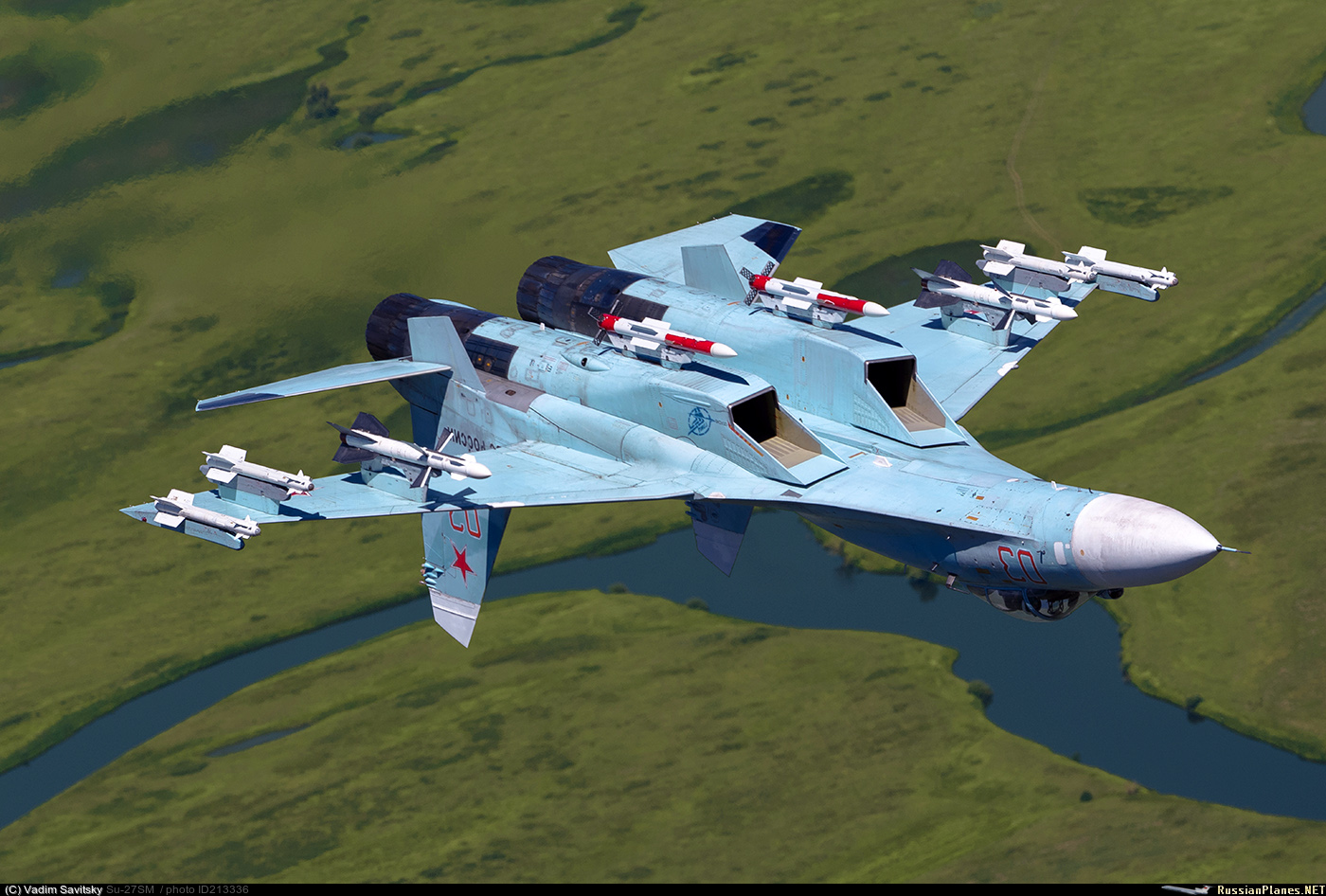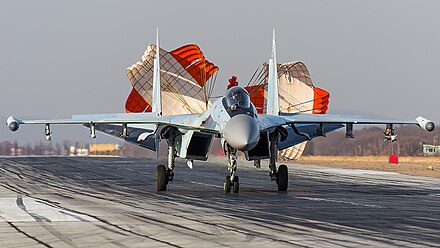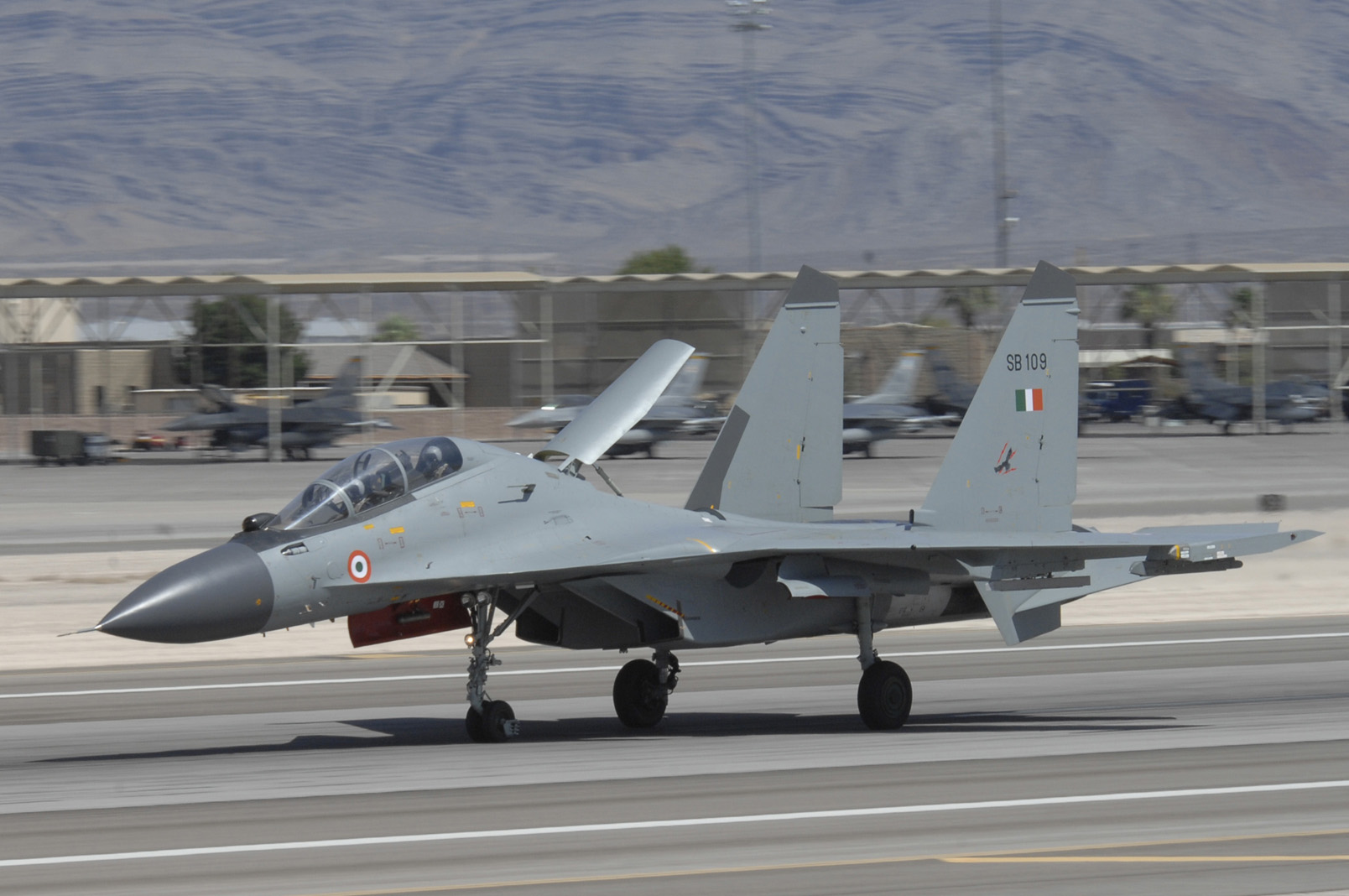
The conflict in Ukraine persists beyond initial projections, the highly-vaunted Russian Su-35 “Flanker-E” has encountered substantial difficulties in achieving air superiority, contrary to expectations set by its advanced technological profile.

Despite being an upgraded derivative of the Su-27 platform, the Su-35 has failed to establish air dominance over the Ukrainian skies, bringing to light significant tactical and operational challenges for Russia’s air force.

The Su-35, visually distinguishable from the Su-27 by its forward-placed canards and reshaped wing leading-edge extensions, was designed for superior maneuverability and is capable of sustaining flight at up to 10gs.

Its sophisticated fly-by-wire system and advanced flight surfaces suggest a dominance in aerial combat.

The aircraft is further equipped with a phase-arrayed N011 Bars radar system capable of tracking multiple targets beyond the horizon, significantly outperforming the N001 Myech radar on the Su-27.

Dual Saturn Al-41F1S turbofan engines propel the Su-35 to a top speed of Mach 2.25, providing a formidable combination of speed and agility.

Despite these capabilities, the Su-35 has not lived up to its intended role in Ukraine.

The aircraft has sustained notable losses, including the widely reported downing off the coast of Sevastopol, Crimea.

Footage from the incident showed a jet spiraling into the sea, indicative of the hostile anti-air environment that Russian pilots face over Ukraine.

In February alone, Ukrainian forces claimed the destruction of thirteen Russian aircraft, two of which were Su-35s.

Overall, the Russian Air Force has reportedly lost 95 jets since February 2022, averaging four per month, a rate which surged in February 2024 to 60 aircraft written off per month.

The inability to secure airspace has resulted in a protracted and attrition-heavy conflict, where substantial casualties have been endured by both sides.

Moreover, the Su-35’s advanced systems have not provided the expected edge in combat scenarios.

The sophisticated radar and missile systems have been counteracted by Ukraine’s effective use of air defense and possibly the operational terrain that favors a defensive posture.

The introduction of newer technology, such as drones and anti-air missiles, has further complicated the aerial battle space, blunting the impact of traditional air superiority fighters like the Su-35.

